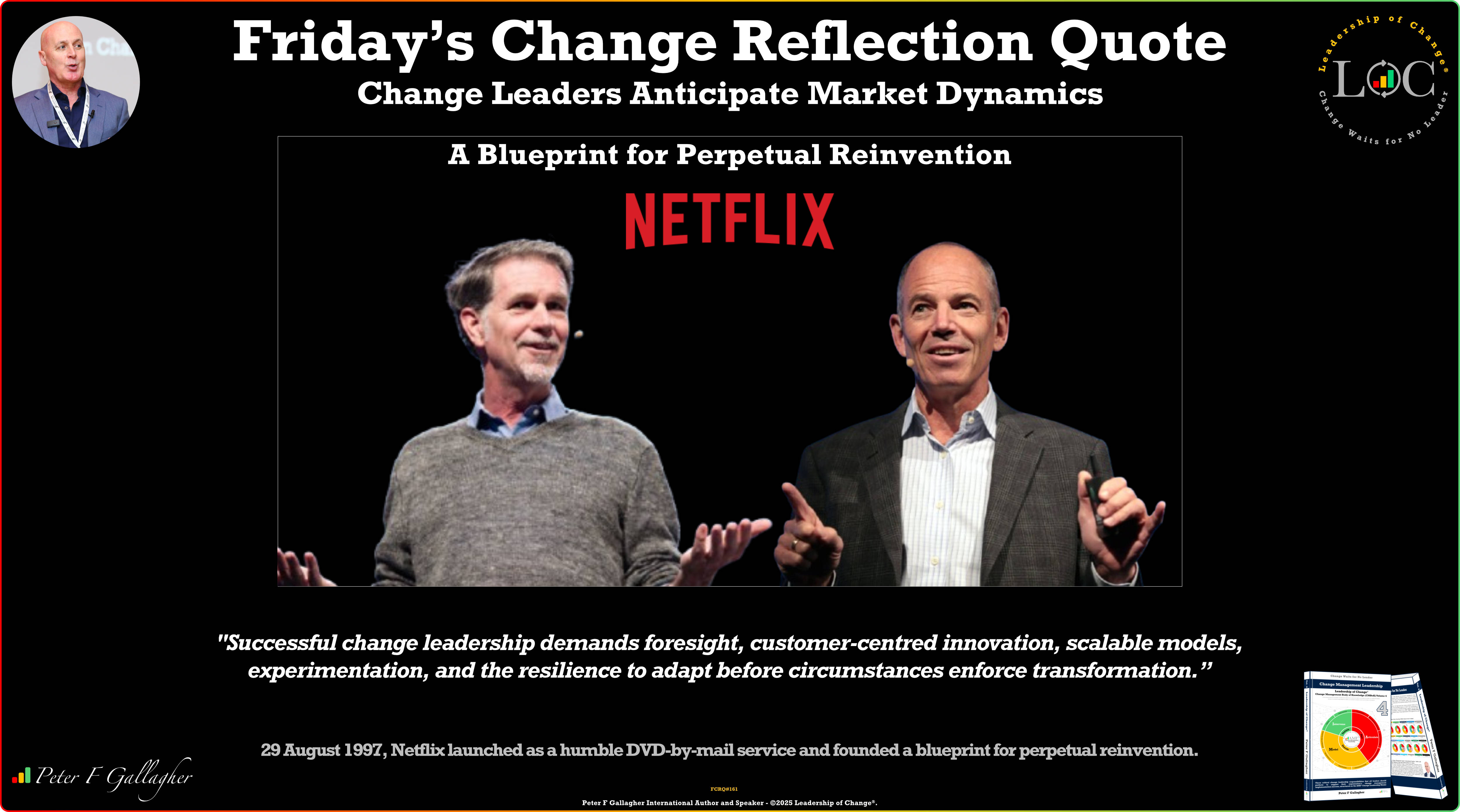
For procurement organizations that are driven by a clear cost efficiency mandate, spend is spend. No spend should be considered ‘other’, ‘different’, or ‘theirs’, whether the issue is oversight, technology, or value. At the same time, procurement’s strategies and management approaches have to reflect the overall direction and priorities of the enterprise. Declaring that ‘spend is spend’ doesn’t mean that we should treat it all the same.
Procurement must work to unite all spend, regardless of how and where it has been addressed in the past. We must also use the full potential of our technology, using it to consolidate and analyze spend rather than just showing us where the cracks are and hoping we make the right choice in response to that information.
Our technology platforms have no need for fragmentation, even in the face of so much data. They are designed to manage and analyze huge pools of spend and large numbers of transactions in a fraction of a second. Much of the fragmentation we’ve dealt with to date has been put in place by procurement (sometimes through technology) because we were more comfortable dealing with one cut or slice at a time. As a result, we sometimes made progress in confined areas of the business at the cost of larger, more impactful opportunities.
Rather than relying upon technology to show us where fragmentation exists (such as in tail spend), and then ‘fixing’ one fragment at a time, we must look to technology as the solution to fragmentation itself. If we can use technology to consolidate and contextualize all of our data together rather than artificially segmenting it for own comfort, we can power intelligent decisions in real time, seizing greater opportunities and avoiding previously unforeseeable risks.
Enterprise-level spend management is a big task; there is so much data created as a result of so many types of business activity. Companies gather data from sales and production, facilities and finance, customers and suppliers. Add to that the information footprint from social media, text messages and audio/video content, and the scale of what’s available quickly becomes more blinding than illuminating.
Click here for information on how this strategy applies to different categories of spend:
Procurement must manage spend, not spends
By Kelly Barner
Keywords: Supply Chain, Procurement, Management

 Is AI Really Better Than You at Candidate Vetting? How Technology is Overcoming Age-Old Obstacles in Recruitment
Is AI Really Better Than You at Candidate Vetting? How Technology is Overcoming Age-Old Obstacles in Recruitment Friday’s Change Reflection Quote - Leadership of Change - Change Leaders Anticipate Market Dynamics
Friday’s Change Reflection Quote - Leadership of Change - Change Leaders Anticipate Market Dynamics The Corix Partners Friday Reading List - August 29, 2025
The Corix Partners Friday Reading List - August 29, 2025 The Real Reason Your Clients Keep saying No (and it's not what you think)
The Real Reason Your Clients Keep saying No (and it's not what you think)  Citi‑Zen: Synthesizing Ancient Wisdom and Quantum Futures for a New Planetary Order
Citi‑Zen: Synthesizing Ancient Wisdom and Quantum Futures for a New Planetary Order